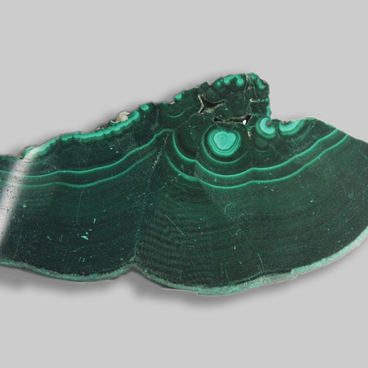Elasmotherium is a genus of rhinoceros that lived tens of thousands of years B.C. in Eurasia. These ancient rhinoceroses were distinguished by their large size. The length of these extinct animals was 6 meters, with a height up to 3 meters and a mass of 5 tons. The main distinguishing feature of Elasmotherium was the large, bulgy protuberance on its forehead. Scientists conjecture that it had a thick horn, which was 1.5 meters long.
On the large, domed bulge of the skull was a small formation, similar to a keratin shell, that could be easily pierced by spears and arrows. Horns might not have existed on the thin nasal bones, some scientists believe, or they simply have not been preserved.
The Elasmotherium rhinoceros had fairly long, slender three-toed legs that allowed it to move quickly.
On the large, domed bulge of the skull was a small formation, similar to a keratin shell, that could be easily pierced by spears and arrows. Horns might not have existed on the thin nasal bones, some scientists believe, or they simply have not been preserved.
The Elasmotherium rhinoceros had fairly long, slender three-toed legs that allowed it to move quickly.
These extinct animals had powerful teeth that were covered with several layers of enamel. Those kinds of teeth were well adapted to eating tough plants. Elasmotherium ate various herbs and plants, and lived in the lowlands around bodies of water, steppes, river valleys, and lakes.
In 1928, paleontologist Valentin Teryaev started studying the ‘humpback rhinoceros’. Fossil remains of Elasmotherium were found on the Taman Peninsula, on the coast of the Sea of Azov. The one that was found, Caucasian Elasmotherium, according to paleontologists is about one million years old. The excavations continued for more than three years, and after a lengthy process of restoration, scientists prepared the skeleton for display.
Unfortunately, it was not possible to see the main fragment — the horn of Elasmotherium — since it consisted of protein tissue, and has not survived to the present day.
Petroglyphs serve as evidence that there were several species of these ancient rhinos. These images are found in a cave in the Urals, in caves in Spain, and in the Rouffignac Cave in France, where there is a fairly clear drawing of a huge rhinoceros with a very long horn. Elasmotherium lived from western Europe to eastern Siberia. There could also be encountered in China, Iran, and Spain. In the 19th century, one theory existed that Elasmotherium became the prototypes of the mythical unicorns.
In 1928, paleontologist Valentin Teryaev started studying the ‘humpback rhinoceros’. Fossil remains of Elasmotherium were found on the Taman Peninsula, on the coast of the Sea of Azov. The one that was found, Caucasian Elasmotherium, according to paleontologists is about one million years old. The excavations continued for more than three years, and after a lengthy process of restoration, scientists prepared the skeleton for display.
Unfortunately, it was not possible to see the main fragment — the horn of Elasmotherium — since it consisted of protein tissue, and has not survived to the present day.
Petroglyphs serve as evidence that there were several species of these ancient rhinos. These images are found in a cave in the Urals, in caves in Spain, and in the Rouffignac Cave in France, where there is a fairly clear drawing of a huge rhinoceros with a very long horn. Elasmotherium lived from western Europe to eastern Siberia. There could also be encountered in China, Iran, and Spain. In the 19th century, one theory existed that Elasmotherium became the prototypes of the mythical unicorns.



